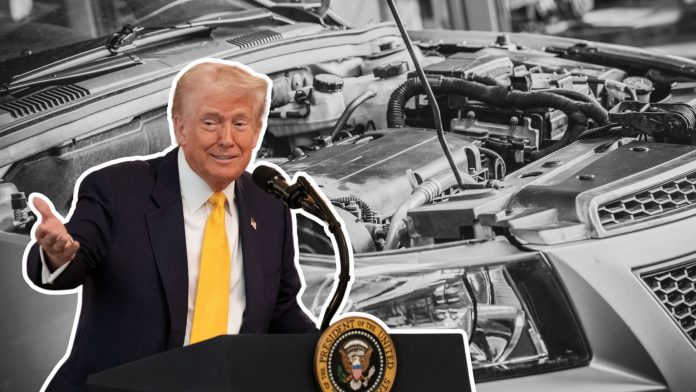President Donald Trump’s 25% tariffs on vehicle and auto parts imports will impact more than $460 billion in annual trade, according to a Reuters analysis of newly released federal tariff codes. Starting May 3, nearly 150 categories of auto parts will be subject to tariffs. This follows the activation of 25% tariffs on vehicle imports, which will take effect at midnight tonight.
The list of affected parts includes engines, transmissions, lithium-ion batteries, tires, shock absorbers, spark plug wires, and brake hoses. Notably, automotive computers fall under a broad tariff category that includes all computer products, a group that accounted for $138.5 billion in imports in 2024, according to the U.S. Census Bureau.
While the total U.S. vehicle and parts imports—excluding computers—amounted to $459.6 billion, the exact value of automotive computers affected remains unclear due to the lack of a specific tariff code for them.
In addition, Trump announced a baseline 10% tariff on all U.S. imports on Wednesday, and senior administration officials clarified that this tariff would not stack on top of the auto-specific 25% tariffs under Section 232 national security measures. However, many countries will still face higher reciprocal duties in response to non-tariff trade barriers starting April 5.
More tariffs could follow
The White House has directed the Commerce Department to establish a process within 90 days for domestic producers to request additional auto parts be added to the tariff list. This move signals that more parts could face levies in the near future.
Importers of qualifying vehicles under the U.S.-Mexico-Canada Agreement (USMCA) can reduce costs by paying a 25% duty solely on the non-U.S. content.
As the tariffs take effect, automakers and suppliers will need to adjust to higher costs and shifting trade policies. Meanwhile, U.S. officials argue the tariffs will bolster domestic manufacturing and reduce reliance on foreign supply chains.



